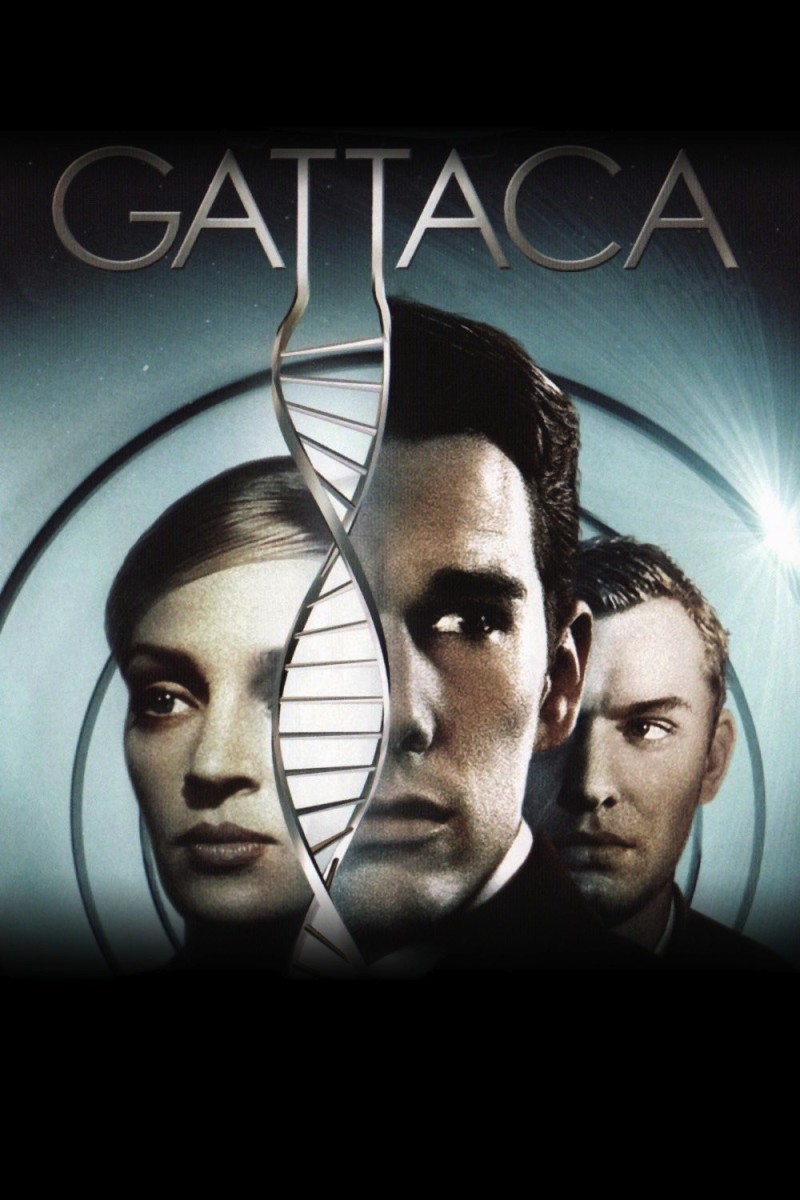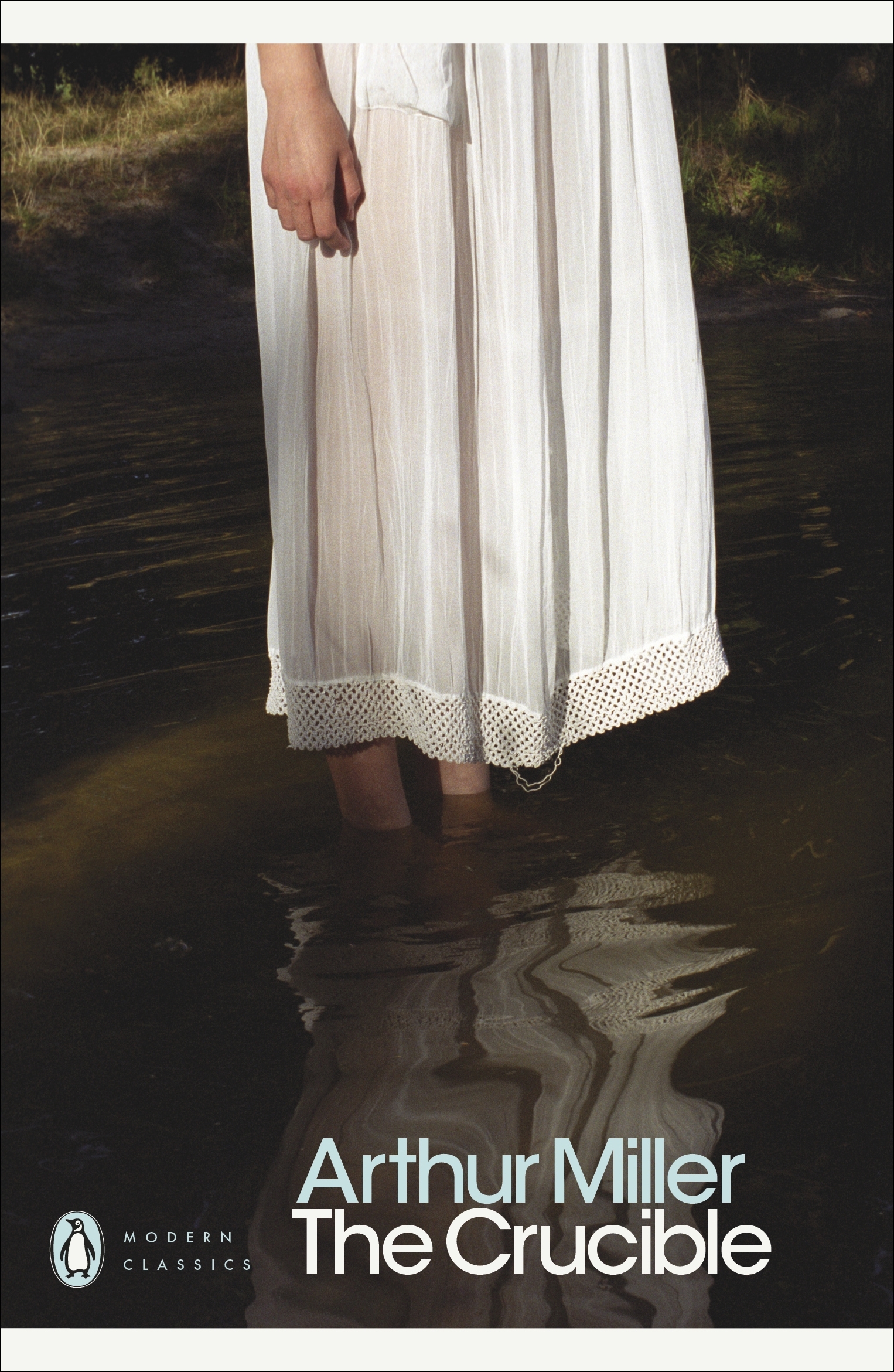 For Year 11 students studying AOS1 Unit 2 Reading and Comparing Texts look carefully at the context of the futuristic dystopian science thriller film Gattaca directed by Andrew Niccol and the dystopian totalitarian state novel Nineteen Eighty Four written by George Orwell.
For Year 11 students studying AOS1 Unit 2 Reading and Comparing Texts look carefully at the context of the futuristic dystopian science thriller film Gattaca directed by Andrew Niccol and the dystopian totalitarian state novel Nineteen Eighty Four written by George Orwell.
Pay particular attention to the message of the Author/Director when you write your comparative text essays.
Social Commentaries in Context
Both Gattaca directed by Andrew Niccol and 1984 written by George Orwell are social commentaries which explore the broad social wrongs of a totalitarian government. Both texts depict a futuristic, dystopian society in which individuality is destroyed in favour of faceless conformity. Protagonist Winston in 1984 cannot understand the rhetoric of the government party and on a similar note, Vincent in Gattaca is trapped, unable to achieve his dreams because of his imperfect genome. Both characters demonstrate individual rebellion against society and explore the significant social injustices of their respective totalitarian states.
Destruction of Individuality
Destruction of individuality is explored by both Niccol and Orwell to expose the broad social wrongs of an oppressive society. In 1984 Winston fights to maintain his individuality in a society that has eliminated “love, friendship or joy of living” by making him hollow. As Winston is tortured in order to be psychologically broken down by O’Brien’s relentless interrogation in Room 101, he is eventually made to accept that 2+2=5 and that he ‘loves’ Big Brother.
Similarly, in Gattaca destruction of individuality and the consequences of an oppressive society are found in close up shots focusing on Vincent’s cleaning process and the constant DNA checks to reinforce how authoritarian societies can demolish all sense of self. As an ‘Invalid’ Vincent must take extreme measures to overcome the prejudices of a genetically controlled society if he is to achieve his dream of joining Gattaca and going into space.
Message of Niccol in Gattaca
Director Andrew Niccol celebrates the power of self-belief in the film Gattaca to inspire individuals to scale the heights of their desires and dreams to motivate them to succeed against the odds.
Message of Orwell in 1984
Writer George Orwell was deeply disturbed by the widespread cruelties and oppression he observed in communist countries and he wrote 1984 as a warning to the West of totalitarian regimes who used powerful measures to control their citizens.
The Most striking differences between Gattaca and 1984
The most striking difference between Gattaca and 1984 is the total victory of the Party over Winston and Julia’s attempts at resistance/rebellion against Big Brother compared with Vincent’s ability to undermine and find the flaw in the Gattaca DNA system to achieve his dreams of going into space. Another important difference is that Winston is broken by the absolute power of the Party to suppress his individual happiness and thoughts of any freedom against the oppression. Whereas, in contrast, Vincent proves that the philosophy underpinning discrimination by DNA is flawed and that his success is determined by other variables that are not within the control of science.
Resistance, courage and determination of Vincent against the regime in Gattaca
Vincent possesses a dream, an ambition and is willing to use courage and determination to do whatever is required to achieve it, even in the face of insurmountable odds. Vincent is able to undermine the discrimination of Gattaca by purchasing his ‘Valid’ status with the use of Jerome’s DNA in order to circumvent the Gattaca system. His metamorphosis into Jerome allows him to join the elite Gattaca space program. Yet he stays true to himself, maintains his vision and integrity to achieve his goal in spite of a society that is designed to ensure he fails in any attempt to better himself. He does use a process of deception to join Gattaca but he does not aspire to be one of them, rather he uses Jerome’s DNA as a tool to achieve his dream of flying in space.

 For Year 11 students studying AOS1 Unit 2 Reading and Comparing Texts it is important to be very clear in your Introductions to make your Main Contentions and Message of Author/Message of Director answer the essay prompt.
For Year 11 students studying AOS1 Unit 2 Reading and Comparing Texts it is important to be very clear in your Introductions to make your Main Contentions and Message of Author/Message of Director answer the essay prompt. Please see 3 prompts comparing the film
Please see 3 prompts comparing the film